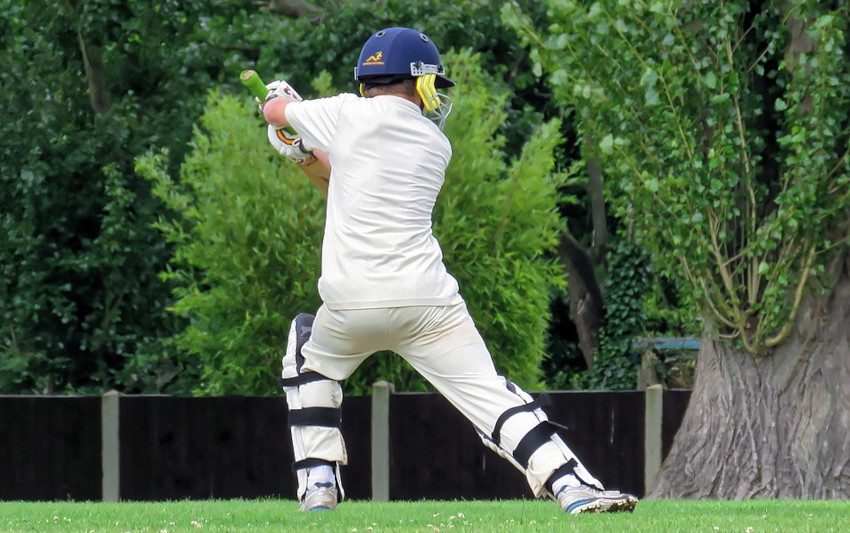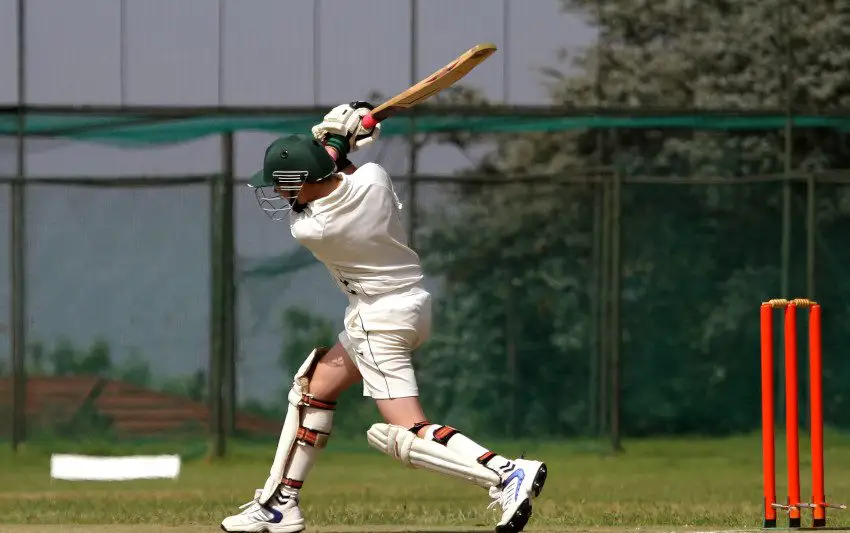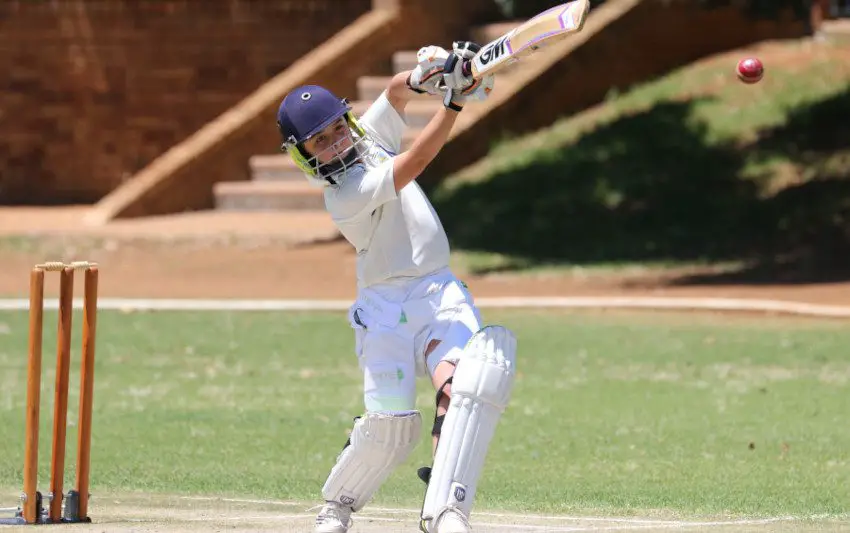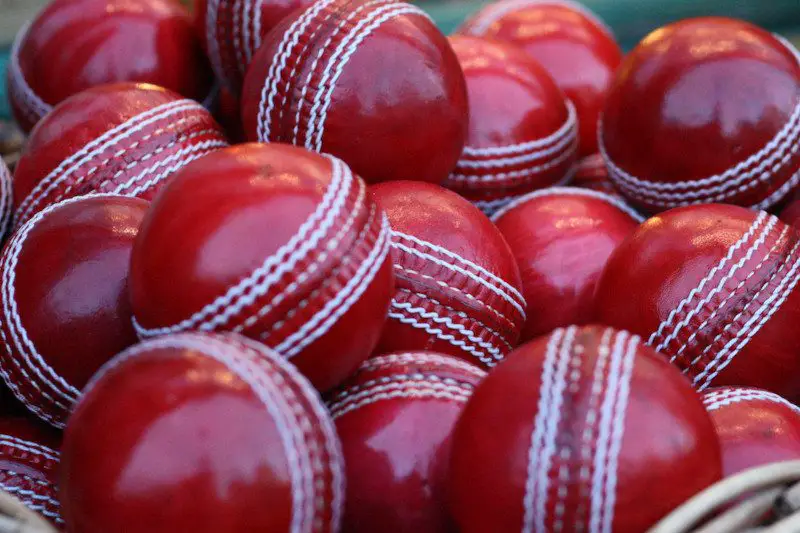Table of Contents
It is debatable whether the cricket helmet is the most important invention in cricket protection. Few can argue that it is an important safety measure and one that can literally save lives. It is surprising that they weren’t really used until the late 1970s.
How Safe are Modern Cricket Helmets?
No head protector offers 100% protection to the user, but it does significantly reduce facial and head injuries. The grille stops the impact of a ball hitting the user when released at 80mph (130kph). Anything above that speed will cause an injury but a far less serious one than with no grille.
Are Cricket Helmets Safe?
Head protectors (helmets) in cricket keep the user fairly safe from the impact of the ball. Notice that they were not completely safe. They are designed to deflect ball contact from the head. The impact of a cricket ball on a helmet is very focussed and intense on one small area. This contact only occurs from a fraction of a second which is what causes the pain. England’s white ball captain, Eoin Morgan, compared being hit on the helmet by a bowler, to being hit with a baseball bat. It is unthinkable what this would feel like without a helmet! However, this was the very case for centuries of playing cricket without a proper helmet.
The job of the grille is to protect face of the user. These metal grilles will do their job well but must be fitted correctly prior to their use. Having too large a gap between the peak and grille allows the ball to fit through.
Cricket helmets conform to serious safety measures and are tested constantly. They do reduce the number of injuries and the severity of them. This is reassuring to players as they know that the protective equipment, they wear is going to keep them as safe as possible.

Tragedy
That being said, all of these advances in cricket helmet safety did not save the life of Phillip Hughes. The Australian batter was struck by a bouncer in the back of his head in 2014 and died from the injury. The ball missed the bottom of his helmet and struck an unprotected part of his head. There have been other serious injuries recorded but this fatality is the most recent and most public in recent times.
Helmets now have plastic attachments which fasten to the back of the helmet to make sure that the entire head is covered and kept as safe as possible. These are the most recent addition to cricket helmets in regards to safety. Some modern helmets have an extension of the grille which carries on around the back of the helmet and protects the back of the head. This is designed to increase the comfort of the user. Effective as the plastic clips are, they do come off when struck or when a batter dives to avoid a run out. An inconvenience to the batter who then takes some time out of the game to reattach them.
Injuries
Despite the advances in head protectors and stricter safety guidance, cricket helmets do not prevent injuries completely.
Concussion
Whilst a helmet may prevent a visible injury to the head, they do not stop internal injuries. Concussion injuries are becoming more common which has lead to new guidance around treating players.
Concussion happens when an impact causes the head and brain to move rapidly backwards and forwards. This sudden movement can create chemical changes in the brain which can cause problems.
Batters in particular are retiring hurt following a concussion test with a medical professional. Whilst these may be precautions, the players have bought into the system and are reassured by how thorough it is. Although the player can feel fine in themselves, they are not aware of what has happened internally. Experts explain it as letting your brain reset itself following the impact.
The ICC (International Cricket Council) recently introduced a concussion replacement rule where a like for like replacement can play in the match in place of an injured player. There are rules around this such as the replacement being ‘like for like’. This is monitored by match referees.

Facial Lacerations
These occur when the grille of the helmet fails in its role of stopping the ball hit the face. They can also occur through a fault of the user in setting too large a gap between the top of the grille and the peak of the helmet. Australian batman Ricky Ponting was struck by a bouncer which cut him under his eye. This happened despite him wearing head protection.
Facial lacerations occur when a person’s face is hit by a blunt object (cricket ball). It does depend on the part of the face whether a laceration occurs or a bruise of some sort.
It is not just facial lacerations that can occur, fractures and breaks can also happen when a cricket ball is not stopped by the grille. There have been serious injuries obtained in this manner. Broken noses are also injuries that can occur. England’s wicket keeper batsman Craig Kieswetter suffered a career ending injury to his face when the ball went through the gap.
New Zealand batsman Mitchell McClenaghan suffered an orbital fracture when he was hit in January 2016. The problem with this incident was McClenaghan’s helmet didn’t conform to the current regulations. Basically, his helmet wasn’t fit for purpose.
Faulty Helmets
Mitchell McClenaghan’s helmet was, at some time, up to date in terms of legislation and standards. The problem was that when he suffered his terrible injury, his helmet wasn’t at the current standards (in 2016). This is worth noting if you have owned a helmet for a long period of time. Wearing a helmet that is faulty or defective is as bad as not wearing a helmet at all. Also, it is advised that a helmet is replaced once it has taken a significant impact. The strength of the grille or helmet itself is reduced with a serious impact. This can be expensive, but worth the investment.
The fault can be in how the grille is set up. England cricketer Stuart Broad broke his nose when he was hit in a match. Similarly, New Zealander Daniel Flynn suffered a fractured eye socket. Both cricketers were wearing the correct safety equipment, but it was faulty due to the grille.
The ICC have introduced strict standards and testing around cricket helmet safety which is evolving all of the time. Facial impact tests are carried out on all new helmets which are manufactured and are tested against both junior and senior cricket balls. Central databases of all head impacts are logged and then analysed by sport scientists.
Conclusion
You cannot completely remove the risk of injury in cricket, but significant steps have been taken to make the game as safe as possible. New designs and methods are being looked at all of the time and are introduced once tested thoroughly. One issue that some new advances have is players not buying into them properly. Some players didn’t take to the plastic neck protectors initially, which were introduced after Phillip Hughes’ deadly injury. It is important that players commit to using them and make using them the norm. Once this happens, the safety of players will rise and injuries will become less severe.


